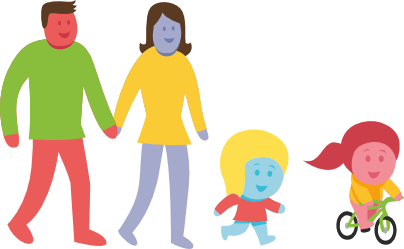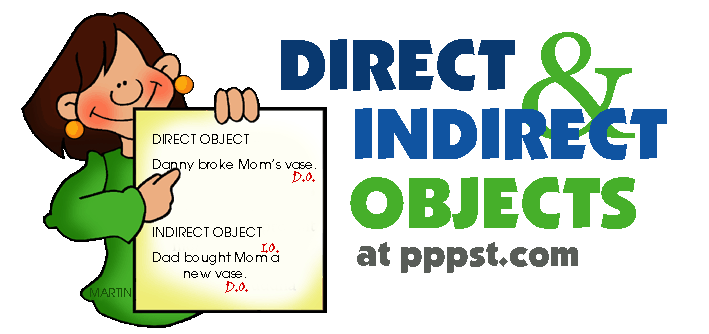Active form
In active sentences, the thing doing the action is the subject of the
sentence and the thing receiving the action is the object. Most sentences are
active.
[Thing doing
action] + [verb] + [thing receiving action]

Passive form
In passive
sentences, the thing receiving the action is the subject of the sentence and
the thing doing the action is optionally included near the end of the sentence.
You can use the passive form if you think that the thing receiving the action
is more important or should be emphasized. You can also use the passive form if
you do not know who is doing the action or if you do not want to mention who is
doing the action.
[Thing
receiving action] + [be] + [past participle of verb] + [by] + [thing doing action]







